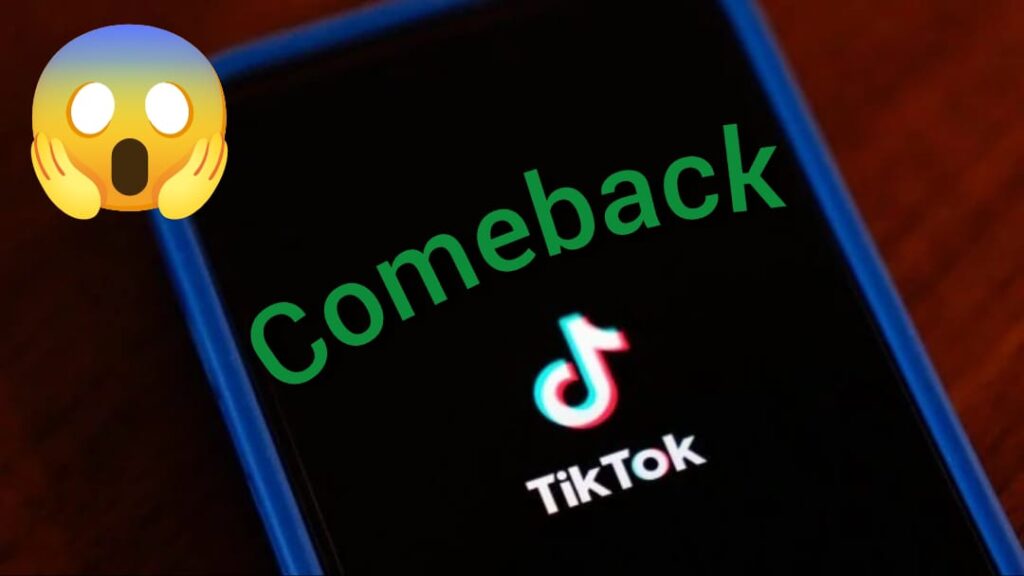Rumors of TikTok’s return to India surfaced on August 22, 2025, after some users reported accessing the short-video platform’s website without a VPN. However, a TikTok spokesperson and government sources have swiftly debunked the buzz, confirming that the ban is still firmly in place. While the website is accessible for some, the app remains unavailable on the Google Play Store and Apple App Store, quashing hopes of an immediate comeback.

“We have not restored access to TikTok in India and continue to comply with the Government of India’s directive,” a TikTok spokesperson told TechCrunch in a statement emailed earlier today. A senior IT Ministry official, speaking anonymously, reinforced this, noting that the ban under Section 69A of the IT Act remains unchanged, with no steps taken to unblock the platform.
The website’s accessibility appears to stem from a network-level misconfiguration. According to sources cited by TechCrunch, a similar glitch occurred in September 2022, when some internet service providers inadvertently unblocked TikTok and other restricted sites while applying a patch. This technical hiccup, rather than a policy shift, seems to be the cause this time too. For more on tech glitches, check our digital security insights.
Background of the Ban
The ban originated in June 2020, when the Indian government prohibited 59 Chinese apps, including TikTok, ShareIt, and UC Browser, citing national security threats amid a military standoff with Chinese troops at the Line of Actual Control (LAC) in Ladakh. This was followed by a 2022 ban wave, removing popular games like PUBG and Garena Free Fire from app stores. Krafton’s PUBG later returned as Battlegrounds Mobile India (BGMI) in 2023 after negotiations,
While other apps like Shein re-entered as SHEIN India Fast Fashion in 2025, reflecting improved India-China relations. Apps like Xender and TanTan also returned under new names—“Xender: File Share, Share Music” and “TanTan – Asian Dating App”—signaling a selective thaw. Explore our India-China tech relations for context.

TikTok’s Stalled Negotiations
Owned by Bytedance, TikTok has engaged in multiple discussions with Indian authorities over the past few years but has yet to secure an agreement for reinstatement. The platform, once boasting over 200 million users in India, remains sidelined as the government prioritizes data security and sovereignty. Unlike Shein and Xender, which adapted to local regulations, TikTok’s lack of progress suggests deeper compliance hurdles. Social media on X reflects this divide, with users posting “TikTok’s back? Hope it’s true!” countered by “Ban’s still on—don’t get excited.”
The 2020 ban, enacted under Section 69A, allowed the government to block apps deemed prejudicial to India’s integrity, defense, or public order. TikTok’s data-sharing practices with China were a key concern, a stance reinforced by the 2022 escalation. While some banned apps have found workarounds, TikTok’s high profile and past controversies— including content moderation issues—complicate its case. For a timeline of app bans, see our tech policy updates.
Current Status and Future Prospects
As of 7:15 PM IST today, August 23, 2025, the ban holds firm. The website glitch has sparked speculation, but official statements clarify it’s a technical error, not a policy reversal. Bytedance’s ongoing talks with the government may explore data localization or content oversight, but no breakthrough is imminent. The return of other Chinese apps suggests a possible path forward, yet TikTok’s scale and scrutiny make it a unique challenge.
India’s tech ecosystem continues to evolve, with local alternatives like Moj and Josh filling the void left by TikTok. The government’s stance balances economic ties with security, a dynamic watched globally. For live tech news, follow our breaking tech updates.
This incident underscores the fragility of digital access amid geopolitical tensions. As India and China navigate their relationship, TikTok’s fate remains uncertain, with the glitch serving as a false dawn rather than a signal of change.